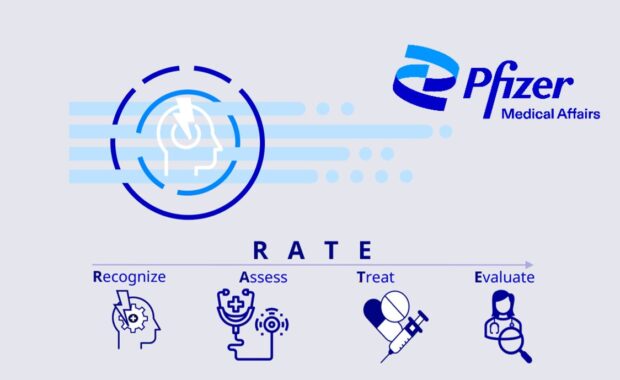Improve the Management of CVD in Patients with Diabetes
New Diabetes Leadership Edge Module Available Online

The relationship between type 2 diabetes (T2D) and cardiovascular disease (CVD) is well known, but there has been a tendency to manage these conditions in silos rather than holistically. Data emerging from cardiovascular outcomes trials (CVOTs) of glucose lowering drugs are highlighting differences among drugs on cardiovascular disease beyond the effects of glucose lowering. As data from trials emerge, clinicians will need to change their approach to the management of patients with T2D and consider the choice of glucose-lowering drugs in light of a patient’s overall CVD risk profile.
“The leading cause of death in patients with type 2 diabetes is heart disease, and clinicians now have evidence to support choosing diabetes drugs for patients who have cardiovascular disease,” says Sondra DePalma, DHSc, PA-C, DFAAPA, cardiology PA with UPMC PinnacleHealth CardioVascular Institute in Harrisburg, Pennsylvania, and director of Regulatory and Professional Practice with AAPA.
Learn more about the management of diabetes and cardiovascular risk reduction
Understanding evidence from the latest CVOTs can help clinicians treat CVD in patients with diabetes. AAPA has developed an educational online module to review the pathophysiology of and strategies to address diabetes and CVD, summarize results from relevant CVOTs, and discuss differences among agents to better support appropriate selection based on the cardiovascular risk profile of patients with T2D.
Ji Chun, PA-C, MPAS, BC-ADM, endocrinology PA with OptumCare Medical Group in Orange County, California, and president of the American Society of Endocrine Physician Assistants, explains that the educational piece “will review the evolution of diabetes management from the 1990s to the most current CVOT, which will arm PAs with the necessary skills to improve lives of patients with diabetes.”
PAs Chun and DePalma worked with AAPA to develop the clinical content of the online module focusing on the relationship between T2D and CVD. The module will describe the mechanisms by which diabetes contributes to CVD, critically appraise the results of CVOTs of glucose-lowering drugs, and differentiate glucose-lowering drugs with regard to cardiovascular effects. The new module will be the latest in AAPA’s 6-module curriculum known as Diabetes Leadership Edge.
The future of diabetes and cardiovascular management
PAs could become leaders in the comprehensive management of T2D and CVD. According to DePalma, “PAs are well-suited to provide high-quality care and, with their comprehensive medical training, can lead the movement in co-management of these diseases.”
DePalma explains that there is greater opportunity than ever for PAs to take the lead in disease management. With the increased focus on healthcare quality and value-based reimbursement, the U.S. healthcare system is looking to provide the highest-quality outcomes at the lowest cost. “PAs have repeatedly proven their value, quality, and cost-effectiveness. With the latest module in the Diabetes Leadership Edge program, PAs can take diabetes and cardiovascular disease management to the next level, thereby improving the health and wellness of more than 100 million Americans with diabetes,” she says.
Along with other AAPA resources, including a JAAPA supplement, The Convergence of Cardiovascular Risk Reduction and Glucose Management in Patients with Type 2 Diabetes, PAs can learn to effectively care for patients with diabetes and become leaders in diabetes management and CVD risk reduction.
More Resources
AAPA’s Diabetes Leadership Edge
Thank you for reading AAPA’s News Central
You have 2 articles left this month. Create a free account to read more stories, or become a member for more access to exclusive benefits! Already have an account? Log in.



